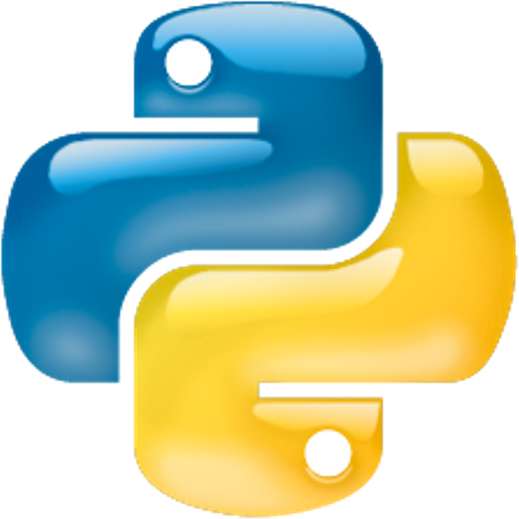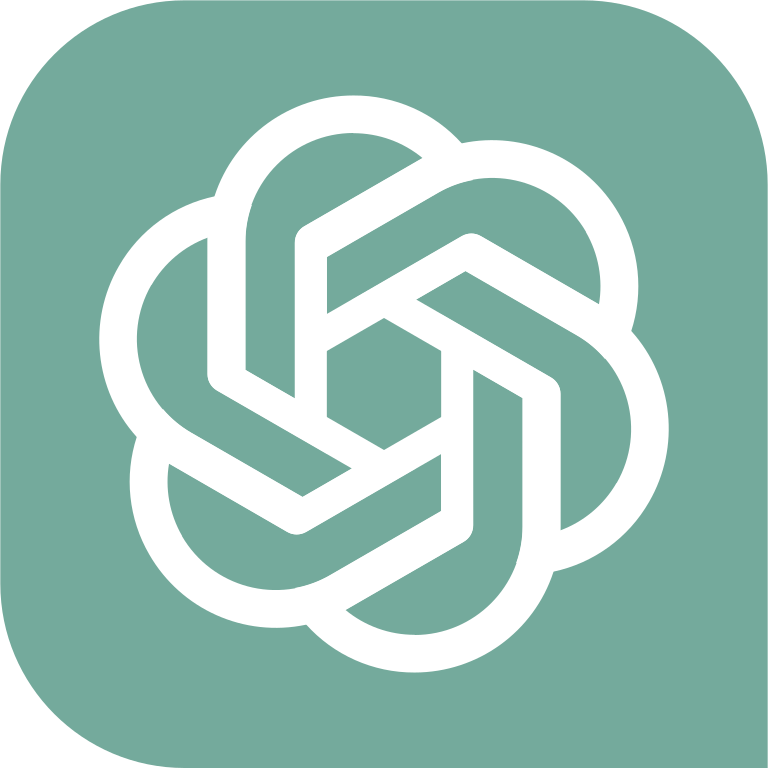Table of Contents » Chapter 5 : Disciplines : Neural Networks
Neural Networks
Overview
The relationship between Neural Networks and Python is both profound and instrumental in the advancement of artificial intelligence and deep learning. Python, with its intuitive syntax and a rich ecosystem of libraries like TensorFlow, Keras, and PyTorch, has become the language of choice for developing and implementing neural networks. These libraries provide extensive functionalities for constructing, training, and deploying various types of neural networks, from simple feedforward networks to complex architectures like convolutional and recurrent neural networks. Python’s ability to handle large datasets, coupled with its integration with data processing and visualization tools, makes it ideal for the iterative and data-intensive nature of neural network training. The language's widespread adoption in the AI community, coupled with its accessibility to beginners and versatility for experts, has fostered innovation and research in neural networks, making Python a cornerstone in this rapidly evolving field. Python’s role in the development and application of neural networks is pivotal, offering a platform that is both approachable for newcomers and sufficiently advanced for cutting-edge research. This synergy continues to drive significant innovations in neural network technologies, impacting a wide range of industries and scientific disciplines.
- Image Recognition and Processing: Utilizing convolutional neural networks (CNNs) for tasks like facial recognition, object detection, and image classification.
- Natural Language Processing (NLP): Implementing recurrent neural networks (RNNs) and transformers for language translation, sentiment analysis, and text generation.
- Speech Recognition: Developing models to convert spoken language into text, using architectures like RNNs and CNNs.
- Time Series Analysis: Applying neural networks to predict future values in time-series data, such as stock prices or weather forecasting.
- Reinforcement Learning: Building models that learn to make decisions, used in applications like game playing and robotics.
- Generative Models: Creating generative adversarial networks (GANs) and variational autoencoders (VAEs) for image and music generation.
- Anomaly Detection: Identifying unusual patterns or outliers in data, crucial for fraud detection and system monitoring.
- Healthcare Diagnostics: Using neural networks for medical image analysis and diagnosis, drug discovery, and personalized medicine.
- Autonomous Vehicles: Implementing neural networks for real-time object and pattern recognition in self-driving car technology.
- Financial Modeling: Applying neural networks to analyze market trends, risk management, and algorithmic trading.
- Sentiment Analysis: Analyzing customer feedback and social media data to gauge public opinion and consumer sentiment.
- Recommender Systems: Designing systems that suggest products or content to users based on their preferences and behavior.



